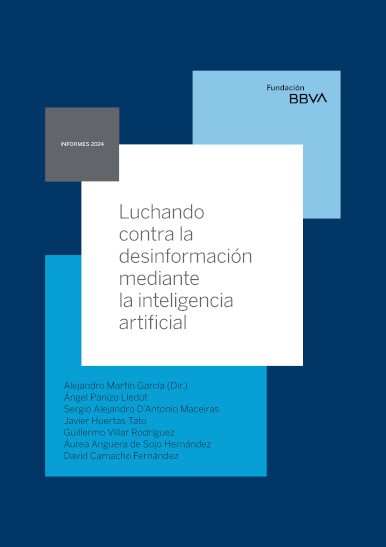
PublicationReports
Luchando contra la desinformación mediante la inteligencia artificial
Disinformation is more present than ever in our lives due to the role of social media and new ways of communicating. The complexity and risks posed by this problem are hard to quantify and delimit. Recent events like the COVID-19 pandemic, Russia’s war against Ukraine and the elections held in diverse countries have shown the potential of disinformation to undermine the credibility of public institutions or to alter and influence our democracies. Fact-checkers are one of our best allies to combat this problem. The work of verifying information and identifying the scams or falsehoods that appear daily on social media is essential to stop their spread and alert the population to the risk. However, the huge amount of information that needs verifying makes this problem irresolvable by traditional means.
Artificial intelligence is the best tool to deal with this problem. The models developed in recent years are able to factor both content and semantics, achieving an unprecedented understanding of human language. Moreover, they make it possible to work in multiple languages, and even in different media besides text, including audio, image and video. Thanks to artificial intelligence, it is possible to develop new tools that facilitate fact-checkers’ work, enabling them to verify more pieces of information in less time. And AI also plays a vital role in the fight against deepfakes and other content generated by artificial intelligence itself, often for malicious purposes.
The report addresses all these concepts, introducing the reader to the problem of disinformation, how it spreads and the role played by social media. It offers an introduction to artificial intelligence and how it is used to generate disinformation in different formats. It then goes into detail on a specific case of AI applied to the detection of fake news, describing how different algorithms can help mitigate the problem. In closing, it takes a look at where artificial intelligence is likely to head in the coming years.
